In March, 1978 my Father passed away. He’d survived a number of heart attacks during his final 15 years, and then one came along and just snuffed out his life. He had been a difficult man, with a violent temper and we hadn’t seen eye to eye on many issues, (if any), but he’d mellowed following his first heart attack and had started to take an interest in my ‘hobbies’. He’d approved of my new job at Derann and at last had conceded that my fascination with the movies had not been a total waste of time, he and Derek had gotten along like a house on fire and if allowed, they would sit and gossip like two elderly grannies, for hours on end. I was able to upgrade my Eumig around 1980 for an Elmo ST1200, great sound, compared with the Eumig, but I always thought it was a noisy running machine. At Derann we were busier than ever, as we had signed a contract to sound (record the sound onto the magnetic stripe), with Mountain Films. We recorded thousands of reels of ‘King Kong’, ‘Top Hat’, ‘Citizen Kane’, 400′ versions of the likes of ‘The Sound of Music’, ‘Butch Cassidy’, ‘The Three Musketeers’ etc, as well as what seemed at the time, ‘millions’ of cartoons shorts like ‘Huckleberry Hound’ and ‘Yogi Bear’. We only had a Leevers Rich machine which recorded two copies at two times speed and in order to cope with all the extra footage we invested in three Magnatech Super 8mm recording machines, which were purpose built in America for us and installed by Branch and Appleby, a small family firm who would supply replacement record and playback heads for the machines for the next 35 years. An extension was built to accommodate the new machines at 171 Stourbridge Road, along with storage space for the films, both mute and sounded, and additional area for the new Gestetner chain fed printer, but we soon outgrew the new space, and it was then that we started looking for larger premises. When stereo became popular, we added two further machines, that recorded in stereo, a format that always would give us problems. Derann can’t claim that it was them that launched the stereo soundtrack, that accolade should go to PM Films of Beaconsfield, they were also the first company to issue 600 foot abridged versions. All the machines, both mono and stereo, were capable of recording at 4 times speed and the two new stereo machines recorded 1-3 and when recorded were slit down to Super 8mm later, although one machine was kept for single slit films solely for the purpose of re-recording. We were never able to re-record stereo prints. The machines could be ‘electronically locked’ together, so that a single soundmaster could be capable of sounding several machines at one time, this was useful when there was a new release to record and we had 50 prints of a 4 x 600′ feature to sound. Stereo hadn’t the flexibility of mono and didn’t have the locking ability either, so as stereo became the norm, it meant that 50 copies could take several days to record. Once completed the next step was the slitting and for that we had a number of machines on the premises. These machines were always in need of our attention and as these machines were capable of quickly destroying several days of striping and recording, they were given regular tests and ‘MOT’s. It’s really surprising that after all the processes necessary to produce a film ready for sale that the finished film wasn’t scratched to pieces and had come through unscathed!
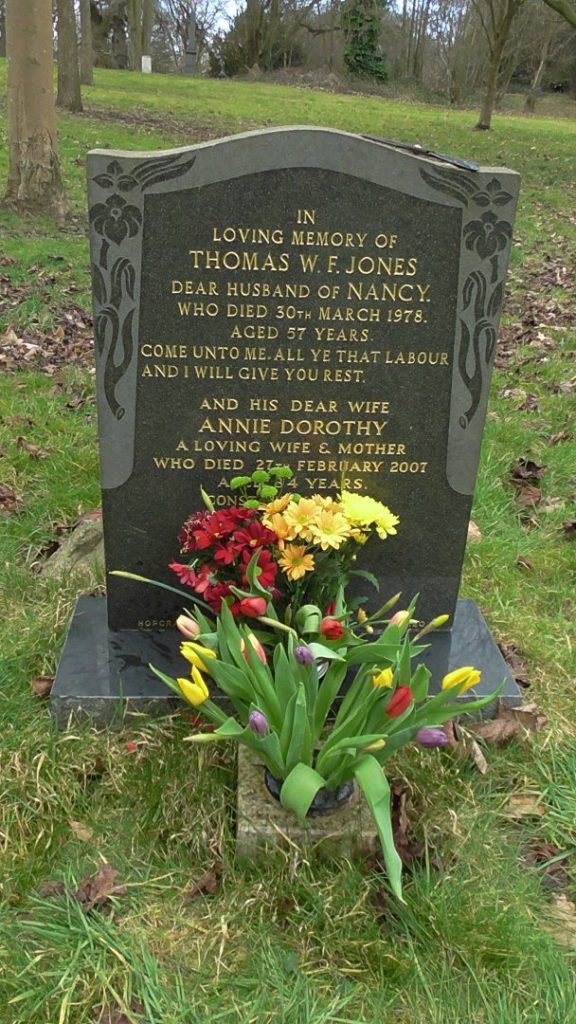
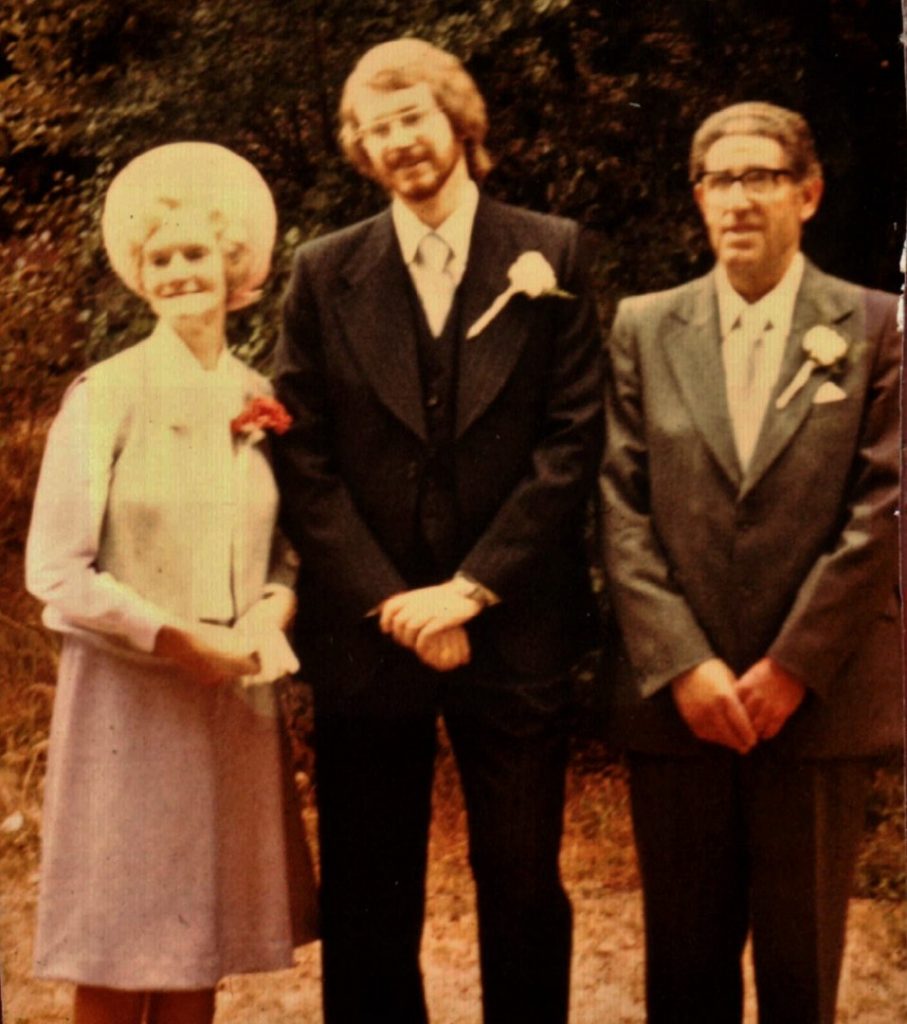
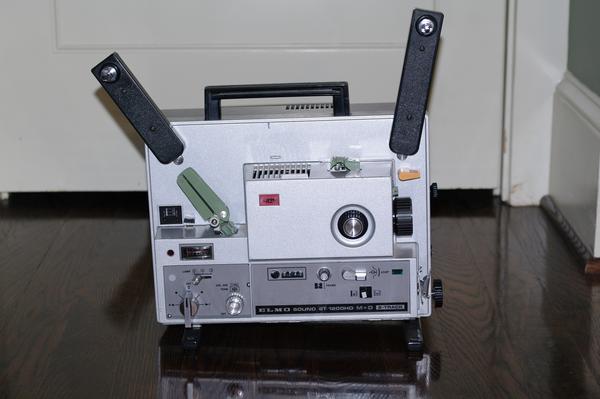
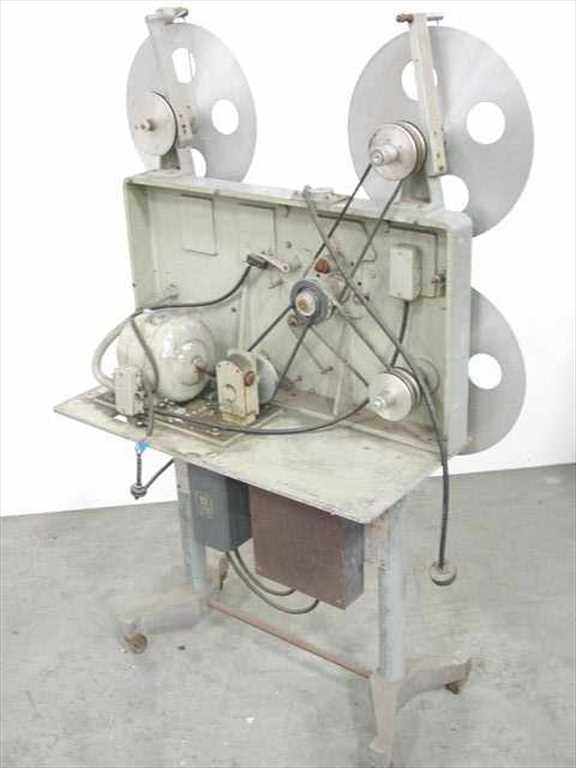
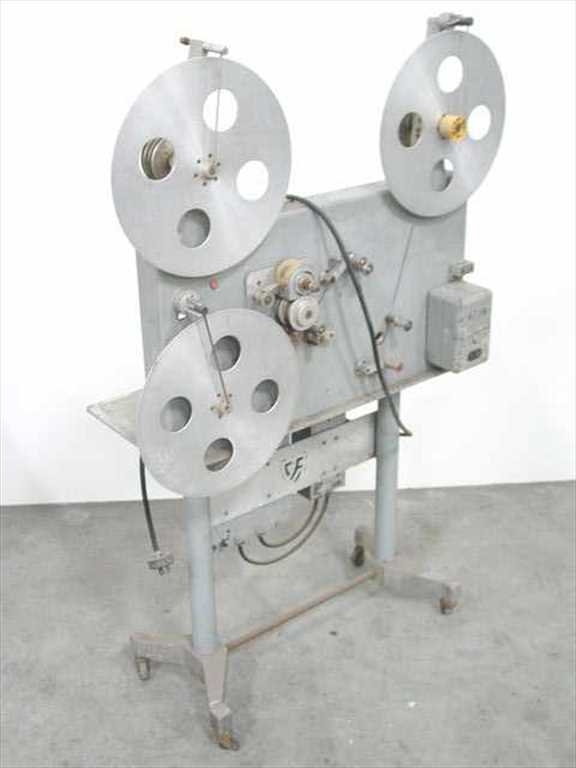


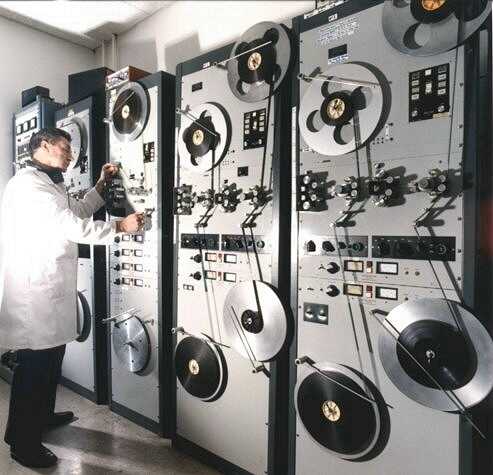


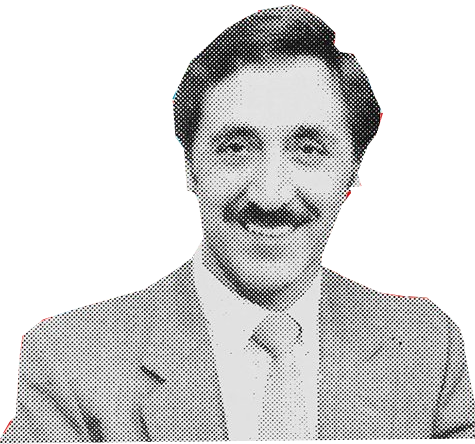
Leave a Reply